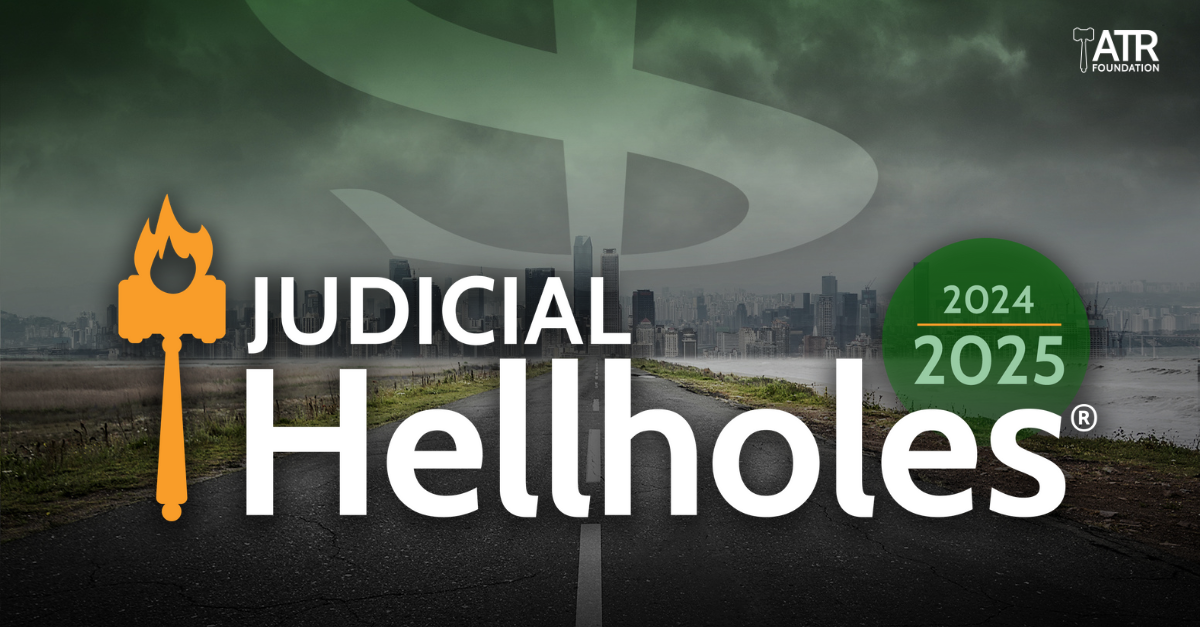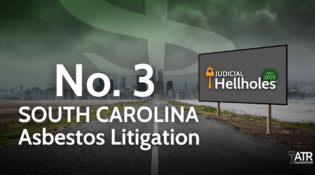NEW JERSEY DISTRICT COURT HAS OPPORTUNITY TO REIN IN THE USE OF JUNK SCIENCE IN TALC LITIGATION
Today, April 29, 2025, Pecos River Talc LLC, a successor to LTL Management, LLC, a subsidiary of Johnson & Johnson, asked the U.S. District Court for the District of New Jersey to revisit a prior decision involving a plaintiffs’ expert who has been championing junk science in the talc litigation. The company asked the court to vacate its dismissal of a trade libel claim and allow it to file an amended complaint in light of significant new evidence.
“The Article”
In 2020, Dr. Jacqueline Moline published an article about her study of 33 cases involving malignant mesothelioma and exposure to cosmetic talcum powder. Her article has had “widespread influence on nationwide litigation” involving plaintiffs claiming that their mesothelioma was caused by exposure to cosmetic talcum powder. Not only has her study been relied upon in the courtroom as proof of Johnson & Johnson’s liability, but she has engaged in numerous media interviews and publicly disparaged Johnson & Johnson’s products multiple times. This underscores the importance of the role that experts and their testimony have in major litigation.
In her article, Dr. Moline concluded that “[t]alcum powder usage was the only source of asbestos for all 33 cases.” Based on newly surfaced evidence, this “foundational factual assertion was and is simply not true.” According to Pecos River’s filing, “Dr. Moline knew that the subjects of her Article were exposed to asbestos from other sources. For years however, Dr. Moline and her employer Northwell Health engaged in a concerted effort to obfuscate the fraudulent nature of the Article by concealing the identities of the Article’s subjects and, thereby, thwarting any scrutiny of their alternative exposures.”
Thanks to litigation in other courts and the unsealing of records, Pecos River was able to obtain a list of the Article’s subjects (referred to as the “Key”). According to Pecos River, “the Key proves that the statements in the Article are false and that the Article is nothing more than a made-for-litigation attempt to distort the literature with something posing as “science” to support the plaintiff bar’s tort claims in the talc litigation.”
The Key confirms that all the Article’s subjects were exposed to asbestos from other sources, despite Dr. Moline claiming in her article and in sworn testimony that “someone with even a “potential exposure” would be excluded from the Article.”
Here are some of the examples provided in the filing:
- Betty Bell filed workers’ compensation claims swearing that she was exposed to asbestos during her prior employment with two textile employers.
- Helene Kohr smoked asbestos-containing cigarettes, and Dr. Moline stated in her own expert report that Ms. Kohr was exposed to asbestos that way.
- Stephen Lanzo’s basement had 60 linear feet of exposed asbestos pipe; his schools had hundreds of bags of asbestos removed after he left those schools; and his tissues had a type of asbestos not even alleged to be present in cosmetic talc.
- Doris Jackson’s medical records note that she was exposed to “[c]eiling pipes with degrading insulation” during her more than 30-year career as a public-school teacher.
- Valeria Dalis sought compensation for a non-talc exposure by filing a claim for $450,000 from the Manville Personal Injury Settlement Trust (and collected over $28,000).
Support Found in Jurisdictions
The U.S. District Court for New Jersey can look to a recent decision by the Eastern District of Virginia for precedent on how to properly handle this case. In Emory, the Court recently allowed a “a nearly identical product disparagement claim filed by Pecos River to go forward.”
There, Pecos River filed a claim against plaintiffs’ expert Dr. Theresa Emory and two co-authors over an article they published as a follow-up to Dr. Moline’s Article. Dr. Emory’s article claimed that its group of 75 plaintiffs had no other exposure to asbestos apart from cosmetic talc, claims that also proved to be untrue. The court ruled that the case could proceed because “a factfinder can determine, based on proof at trial, whether any of the 75 study subjects had non-talc asbestos exposures that were ‘known’ to the defendants at the time they published the article.”
Rule 702
Following the implementation of the newly amended Federal Rule of Evidence 702, ATRF has applauded judges across the country for stepping up to the plate and applying rigorous scientific standards for expert evidence. Many have embraced their gatekeeping function, which was fortified by the December 2023 amendments.
The U.S. District Court of New Jersey should take this important opportunity to rein in the use of junk science in talc litigation, one of the nation’s largest mass torts. Rule 702 demands a rigorous review, and it is essential for restoring balance to this litigation.
The ATRF will keep a watchful eye on this case and will report on new developments as they occur.







